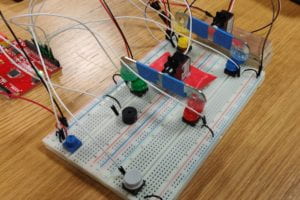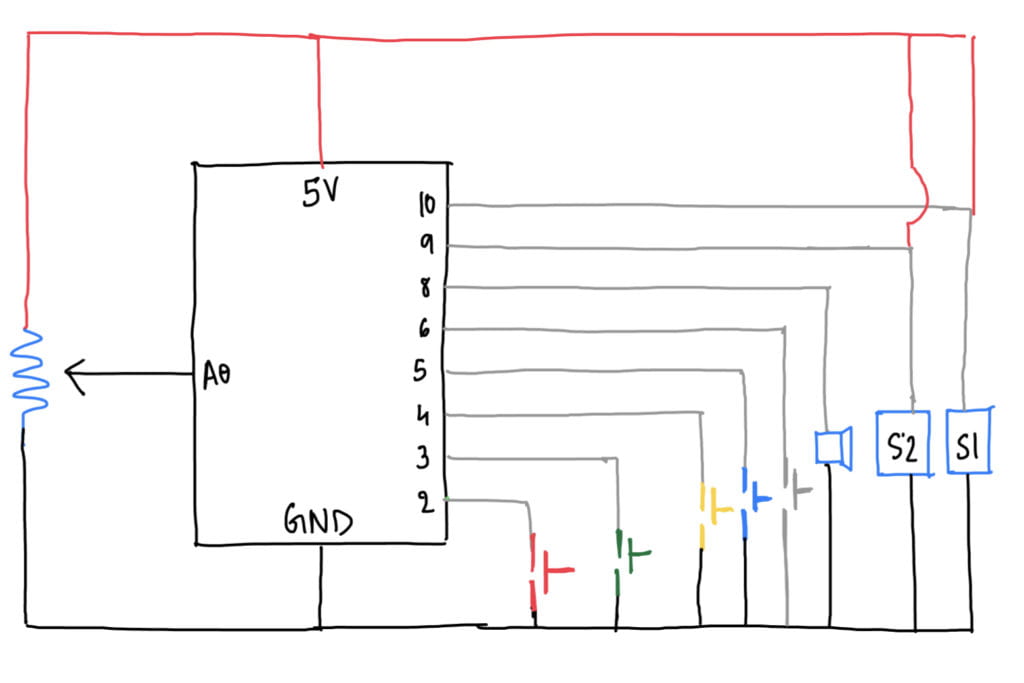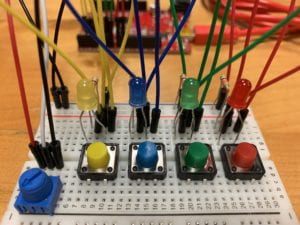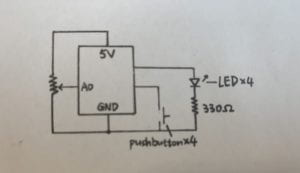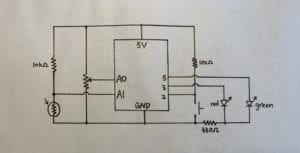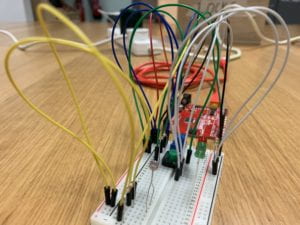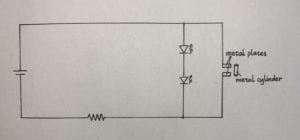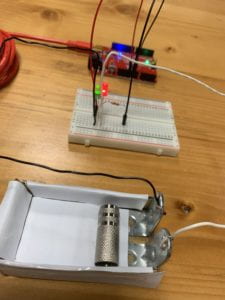Making Interactive Art:
Set the Stage, Then Shut up and Listen
This article lets me realize that, instead of clear verbal interpretation, an interactive artwork, like any other noninteractive forms of art, whether it’s painting, film, or sculpture, conveys its meaning by carefully putting together a set of signifiers that guide viewers to discover the hidden information. As Tigoe suggests, designers are supposed to shut up once the work is presented to the viewers and instead let the viewers themselves to explore deeper into it.
Despite the similarity I realized between interactive artworks and noninteractive ones, Tigoe says that designers should think of an interactive artwork more as a performance than a finished painting or sculpture, which is not a contradiction. Interactive artworks differ from paintings and sculptures in that it has one more step forward—while visual art gives the authors hardly any chance to respond to viewers’ reactions, interactive artworks, as its name suggests, can listen to its viewers and then respond in different ways. And this response, though sometimes can be challenging to generate, is crucial to fostering viewers’ connection to and understanding of the artwork.
Physical Computing’s Greatest Hits (and misses)
Apart from these interesting themes that Tigoe introduces to us, what impresses me the most is Tigoe’s suggestion that people should not give up on ideas that others have already done before. Indeed, at this point it has become really difficult to think of an original project that no one has ever attempted before, and thus it is not necessary to avoid coming up with similar ideas to others’. After all, as Tigoe says, what’s great about currently popular themes is that often they are still left with a lot of room for originality—possibilities of modification and improvement. I guess this is like making scientific discoveries—when the basic foundations are already there, almost all new progress is made based on the established theorems; they are not independent theories, but extensions of other people’s findings. Even Newton sees further by “standing on the shoulders of giants.” Thus this also applies to interactive artworks—designers can contribute to the field by adding their variations to popular themes. A brand new idea is definitely a great feature, but it’s not the only feature that we want to pursue. What designers really need to pay more attention to is how they can rework and recreate those established ideas and transform them into something of their own rather than repetitive works.




